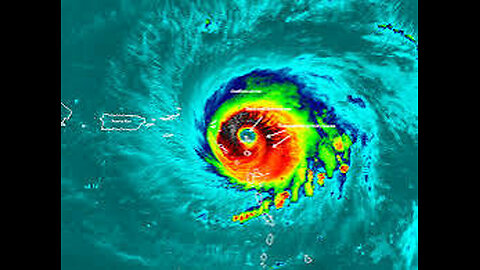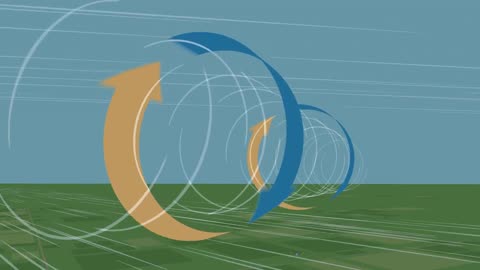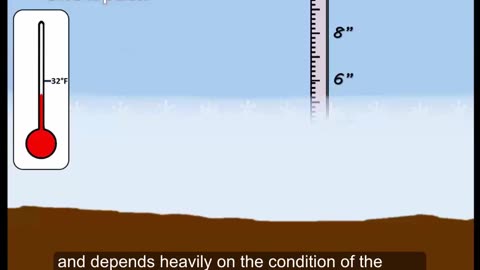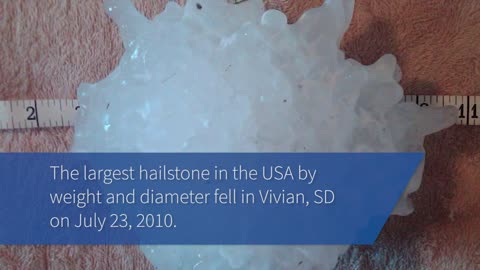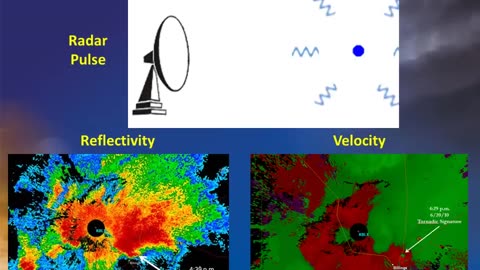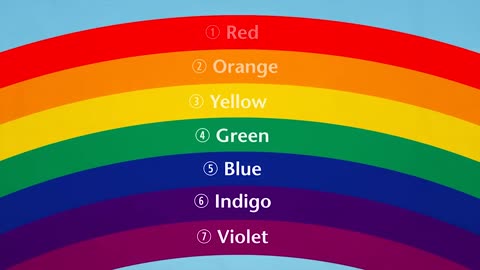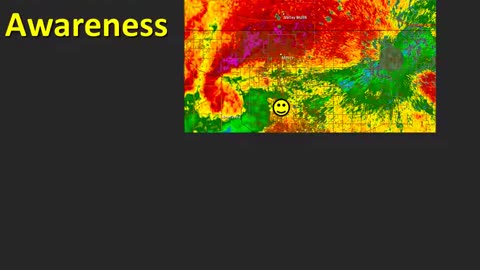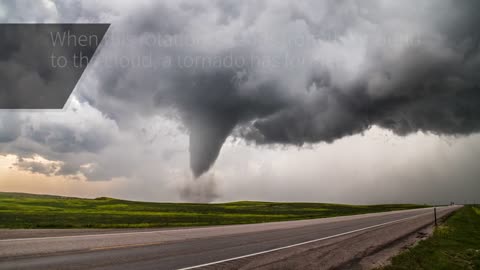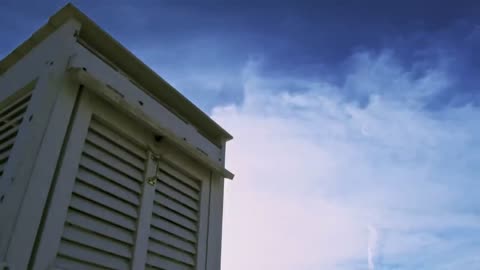Premium Only Content

Simulation of an isolated Thunderstorm - Cumulonimbus
RHow Do Hurricanes Form? Meteorology - Weather Basics
What Causes a Tornado? - Meteorological Basics
NOAA: 'The Hurricane Hunters'
What is the Enhanced Fujita Tornado Scale - Weather Basics - Meteorology
What is a Blizzard? Weather Basics - Meteorology
The Science of Hail - Meteorology - Weather Basics
Doppler Weather Radar Basics - Weather Basics - Meteorology
How Do Rainbows Form? - Weather Basics
Thunderstorm Types - Meteorology - Weather
How Does Rain Form? What is the Water Cycle?
Hurricanes - Weather Basics - Meteorology 101
The Science Behind Lightning - Meteorology
How does snow form? - Meteorology
Storm Spotting: Storm Motion and Positioning- Meteorology
The Science Behind Tornadoes - Meteorology
A Tutorial on Cloud Types - Weather 101 - Meteorology
What Causes a Tornado? - Meteorological Basics
What Causes a Tornado?
The swirling, funnel-shaped winds of a tornado are easily recognizable—and they can be very dangerous. But what causes these unique and violent weather phenomena?
A tornado is a violently rotating column of air that is in contact with both the surface of the Earth and a cumulonimbus cloud or, in rare cases, the base of a cumulus cloud. It is often referred to as a twister, whirlwind or cyclone, although the word cyclone is used in meteorology to name a weather system with a low-pressure area in the center around which, from an observer looking down toward the surface of the Earth, winds blow counterclockwise in the Northern Hemisphere and clockwise in the Southern. Tornadoes come in many shapes and sizes, and they are often (but not always) visible in the form of a condensation funnel originating from the base of a cumulonimbus cloud, with a cloud of rotating debris and dust beneath it. Most tornadoes have wind speeds less than 180 kilometers per hour (110 miles per hour), are about 80 meters (250 feet) across, and travel several kilometers (a few miles) before dissipating. The most extreme tornadoes can attain wind speeds of more than 480 kilometers per hour (300 mph), are more than 3 kilometers (2 mi) in diameter, and stay on the ground for more than 100 km (62 mi)
More Meteorology Videos
https://rumble.com/playlists/JfAj918PQuc
-
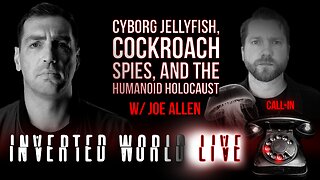 2:05:11
2:05:11
Inverted World Live
7 hours agoCyborg Jellyfish, Cockroach Spies, and the Humanoid Holocaust w/ Joe Allen | Ep. 96
91.7K9 -
 3:30:50
3:30:50
Laura Loomer
7 hours agoEP139: Loomer Shuts Down Gazan Visas
35.6K79 -
 2:48:44
2:48:44
TimcastIRL
7 hours agoTrump Claims Total Victory, Court Eliminates $500M Fine In NY Fraud Case | Timcast IRL
183K65 -
 6:02:30
6:02:30
SpartakusLIVE
8 hours agoVerdansk QUADS || #1 MACHINE is BACK taking NO DAYS OFF (until I feel like it)
51.2K -
 3:22:12
3:22:12
Alex Zedra
5 hours agoLIVE! Ready or Not
36.8K2 -
 29:05
29:05
Man in America
16 hours agoDid the Fed Just Admit Gold Will Be Revalued? This Could Change EVERYTHING
40.1K18 -
 45:54
45:54
MattMorseTV
6 hours ago $6.35 earned🔴55 MILLION immigrants are UNDER REVIEW. 🔴
40K47 -
 3:15:07
3:15:07
TheItalianCEO
7 hours agoLast Stream before I go - Playing The Finals
27.2K -
 1:14:43
1:14:43
JustPearlyThings
6 hours agoPearl Reacts: 20 Black Conservatives DESTROY Radical Feminist Activist | Pearl Daily
46.4K20 -
 3:42:27
3:42:27
This is the Ray Gaming
5 hours ago $0.37 earnedThursRAY Night LIVE with the BOYS! | Rumble Premium Creator
16.1K

